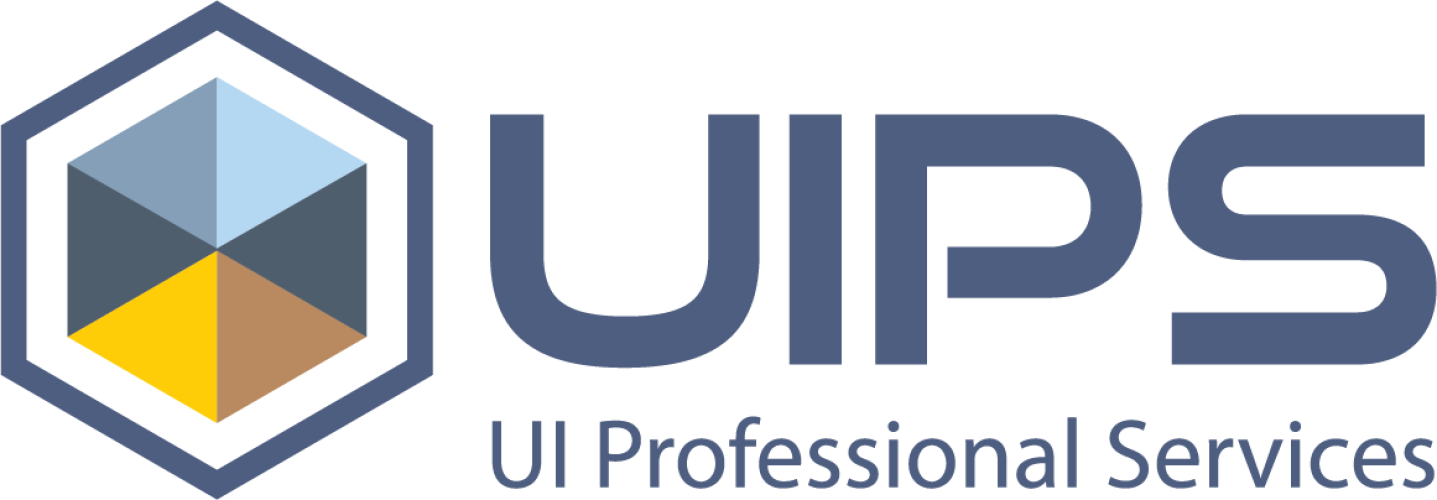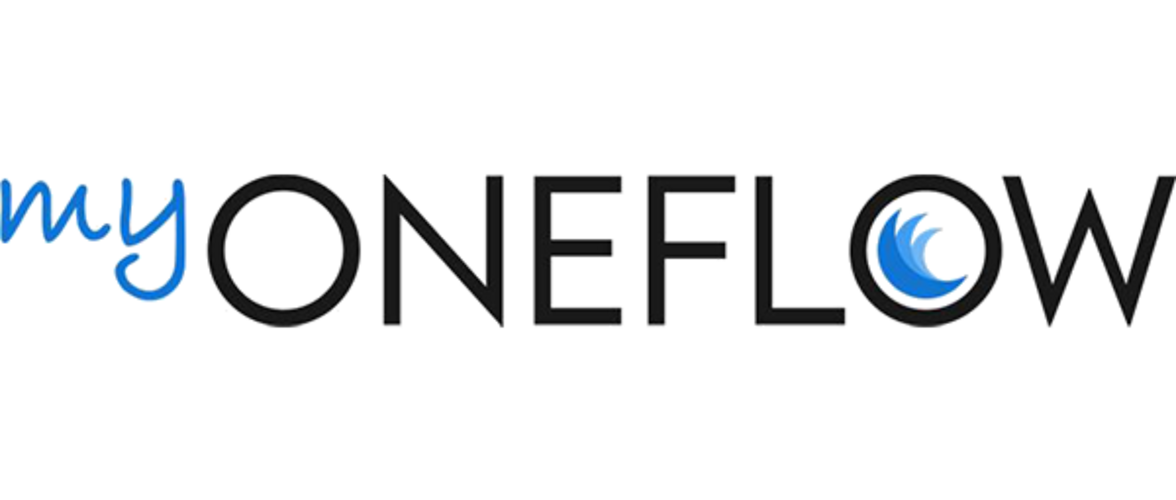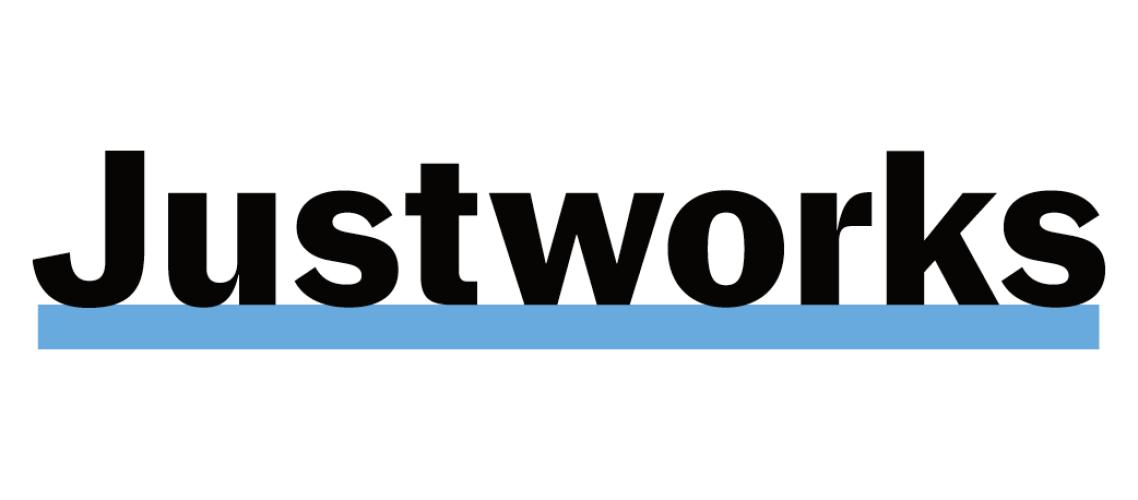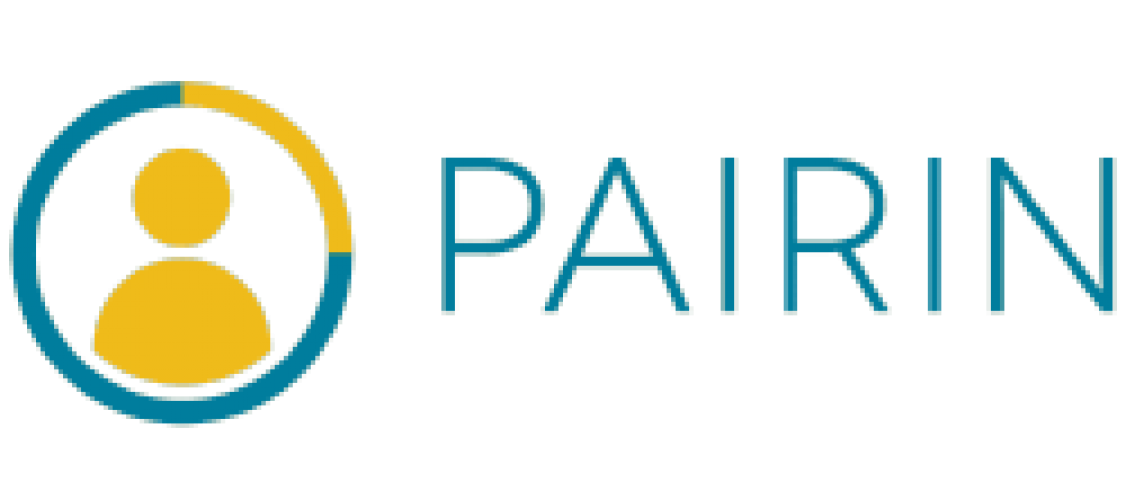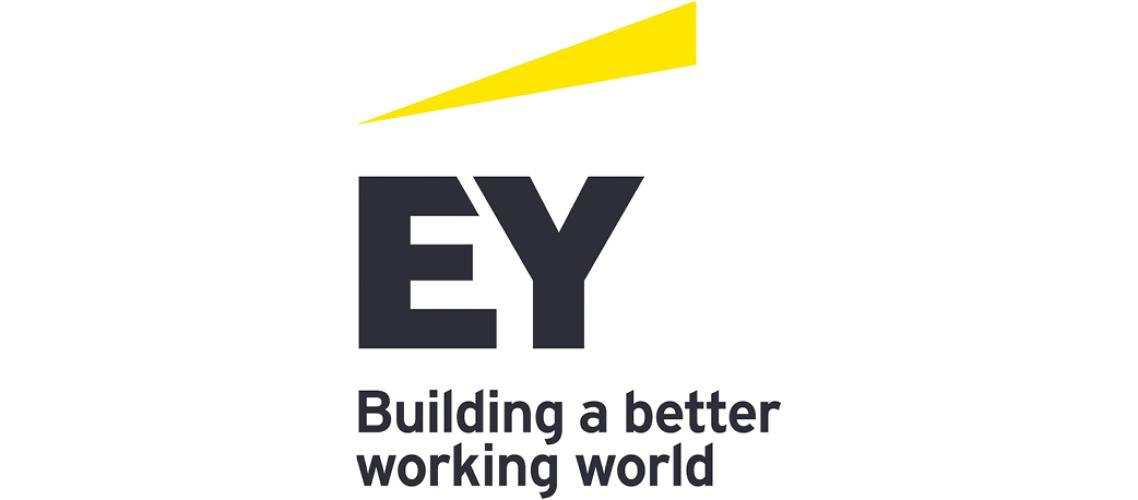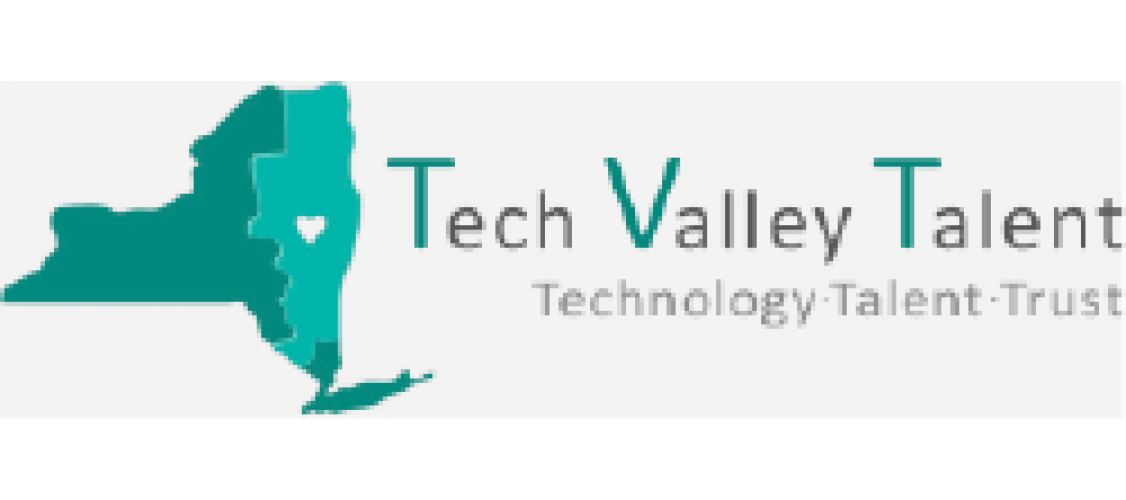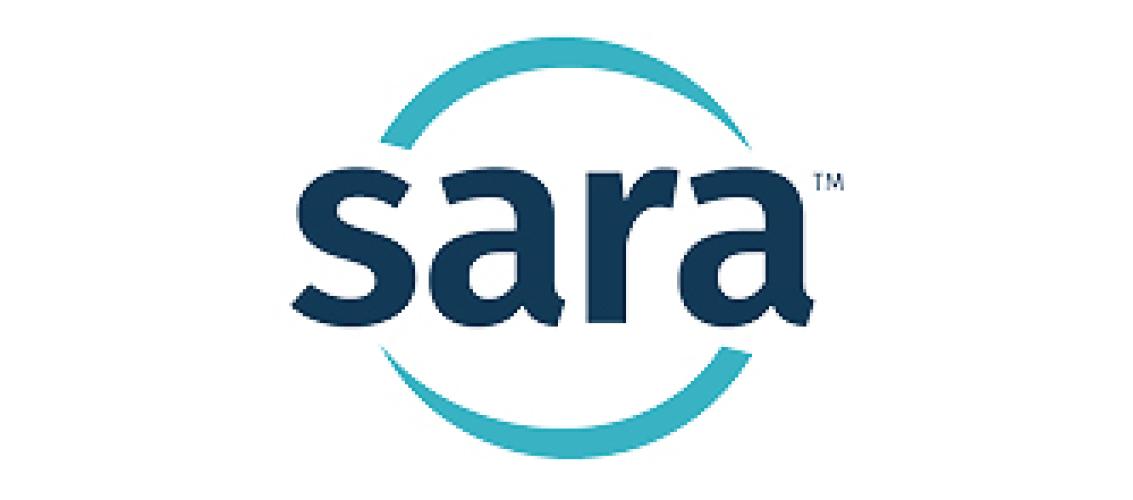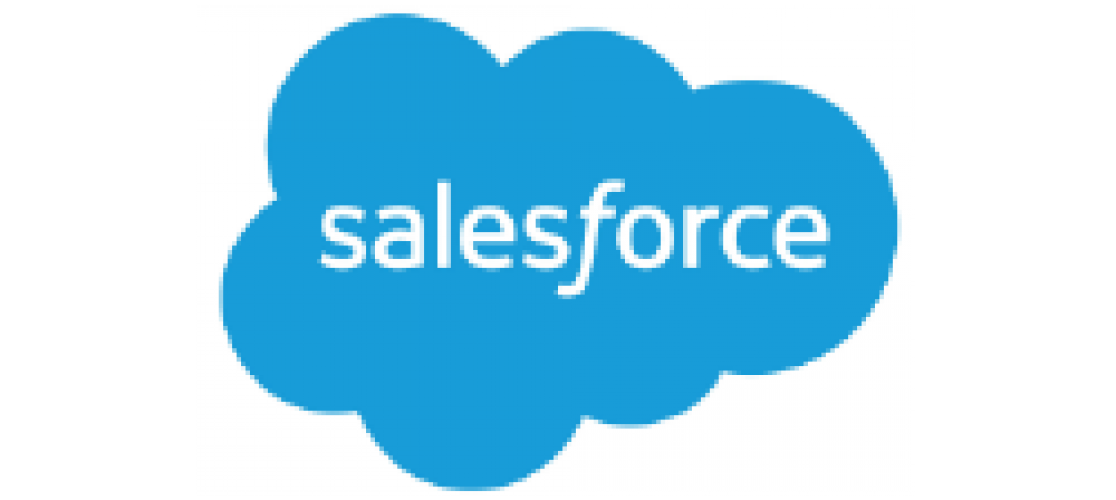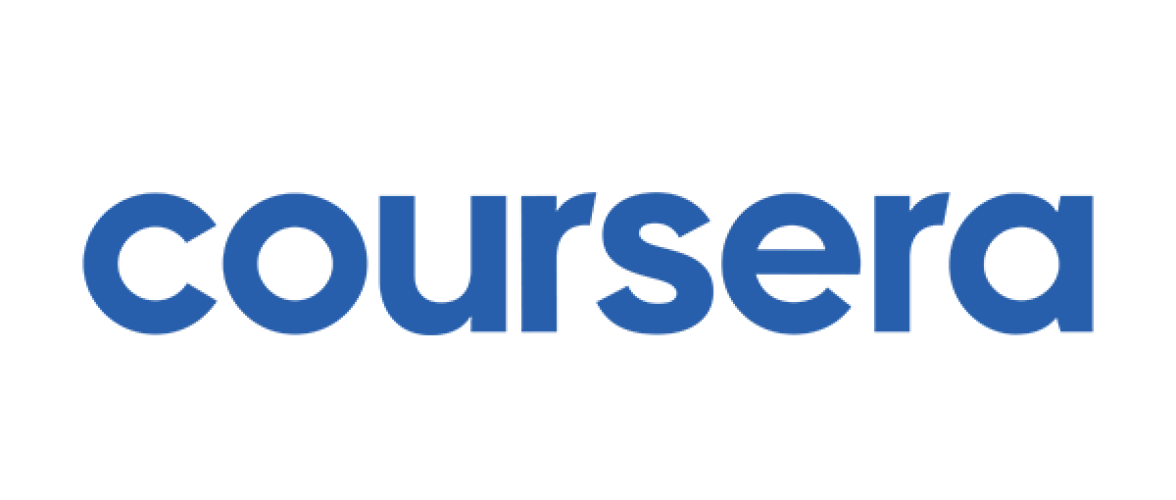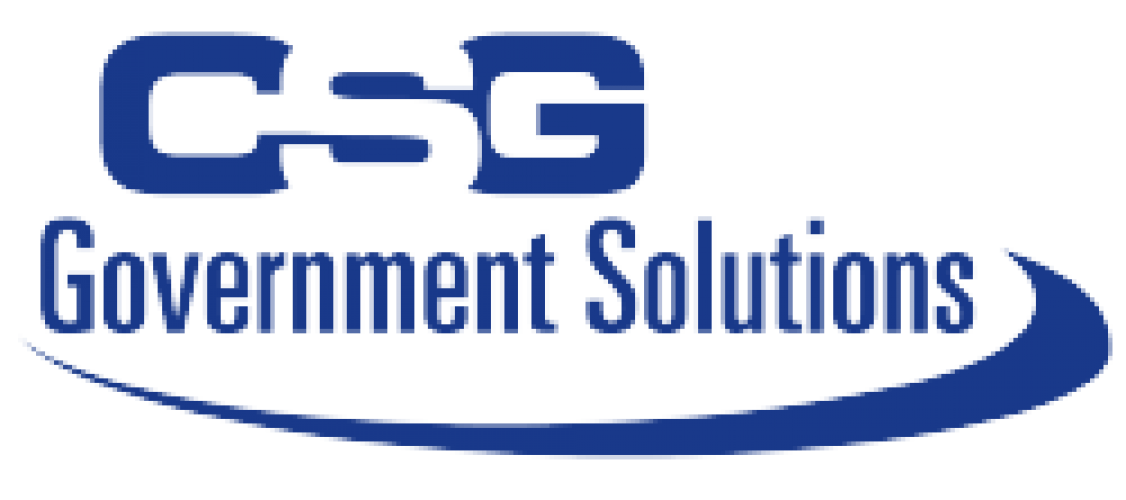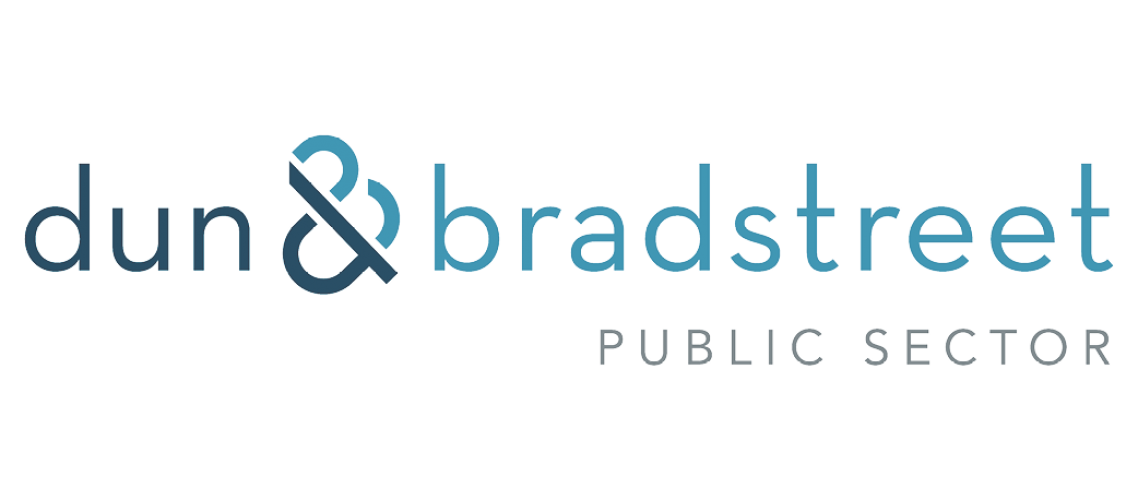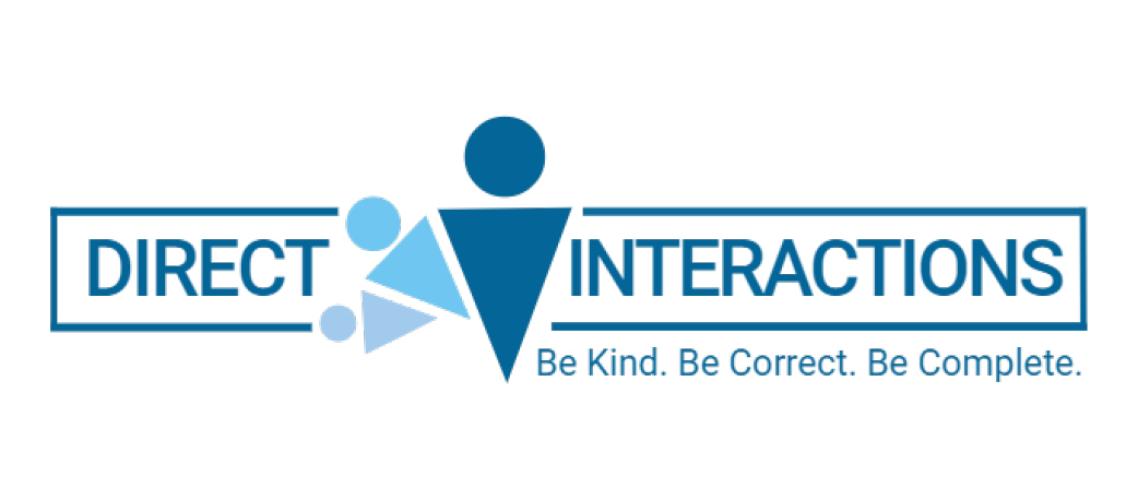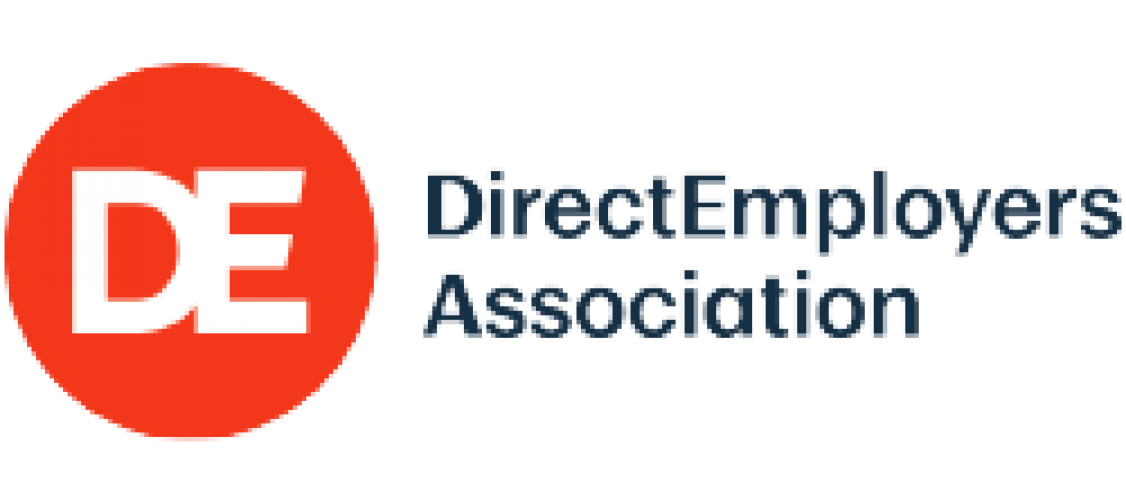Campaign to Invest in America's Workforce (CIAW) FY25 Appropriations Letter
The Honorable Patty Murray
Chair
Senate Appropriations Committee
Washington, DC 20510
The Honorable Tom Cole
Chair
House Appropriations Committee
Washington, DC 20515
The Honorable Susan Collins
Vice Chair
Senate Appropriations Committee
Washington, DC 20510
The Honorable Rosa DeLauro
Ranking Member
House Appropriations Committee
Washington, DC 20515
Dear Chair Murray, Vice Chair Collins, Chair Cole, and Ranking Member DeLauro:
We are writing on behalf of the undersigned organizations as part of the Campaign to Invest in America’s Workforce (CIAW), a coalition dedicated to growing our economy by strengthening the investment in America’s workforce. Each of our organizations represents stakeholders and leaders that help people of all ages and backgrounds pursue education, develop in-demand skills, access supportive services, and much more to identify and secure family-sustaining employment.
We write to urge you to increase and strengthen investments in workforce and education programs as part of the forthcoming federal fiscal year 2025 (FY25) budget and appropriations process to meet the significant needs of workers, learners, and employers across the nation.
As you know, Congress is simultaneously considering both FY25 appropriations and the reauthorization of the Workforce Innovation and Opportunity Act (WIOA). Draft bills to reauthorize WIOA rightly identify new challenges that the public workforce system must be better equipped to address. At the same time, the recent House FY25 Labor-HHS-Education appropriations bill calls for substantial reductions—or in some cases the elimination—of funding for core workforce, education, and skills development programs. We strongly oppose these proposed disinvestments in the American workforce and are gravely concerned that, taken together, Congress is insufficiently investing in workforce development at a critical moment when new resources are needed to address new and emerging challenges facing learners, workers, and employers.
In 2014, when the Workforce Opportunity and Innovation Act (WIOA) was last reauthorized, there were about 4 million job vacancies1. Today—after numerous years of funding far below the authorized amount—that number has doubled, with businesses currently seeking to fill more than 8 million jobs2. This gap has serious economic consequences—notably, a decrease in the tax base and increase in the deficit—and impedes our nation’s ability to compete globally. Simply put, there may not be a more important investment Congress can make than in the workforce development, education, and skills development programs.
Our ability to identify, upskill, and place workers in jobs contributes significantly to local economies across the nation. We must also engage all populations—many of whom have complex challenges in entering the workforce—to fill critical jobs. Volatility and uncertainty within the economy often disproportionately impact our nation’s most vulnerable populations—including women, people of color, individuals with disabilities, individuals without high school diplomas, returning citizens, immigrants, older adults, justice involved individuals, and youth—populations that can be further engaged with the workforce to help mitigate many of these challenges and meet longer-term talent shortages in critical sectors of our shared economy.
Further, our nation’s workforce system must be prepared to meet any challenge—from emerging industries that require a skilled workforce to infrastructure disasters3 and mass layoffs—to keep the economy strong and to remain globally competitive. To do so, Congress must ensure workforce development programs that serve youth and adults authorized under the Workforce Innovation and Opportunity Act (WIOA)—including Wagner-Peyser and Adult Education, the Perkins Career and Technical Education Act, and workforce adjacent programs—that prepare all individuals for sustainable and high-quality employment regardless of background or wider circumstance, are provided with the necessary resources to effectively address these current realities.
Now is the time to expand workforce development investments that generate a robust pipeline of skilled workers to bolster our nation’s economic competitiveness while improving the lives of Americans.
We therefore urge you to increase FY25 workforce development and education investments that are vital for a resilient U.S. economy. The Campaign to Invest in America’s Workforce thanks you for your leadership and commitment to a strong American workforce and would welcome the opportunity to discuss the needs of our communities with you further.
Sincerely,
Advance CTE
American Association of Community Colleges
American Federation of Teachers (AFT)
Association for Career and Technical Education
Association of Community College Trustees (ACCT)
Catholic Charities USA
Center for Law and Social Policy
Coalition on Adult Basic Education (COABE)
Commercial Vehicle Training Association
Council for Adult and Experiential Learning (CAEL)
Goodwill Industries International, Inc.
Jobs for the Future
Local Initiatives Support Corporation (LISC)
Midwest Urban Strategies, Inc
National Association of Counties
National Association of Development Organizations
National Association of Regional Councils
National Association of State Workforce Agencies
National Association of Workforce Boards (NAWB)
National Association of Workforce Development Professionals (NAWDP)
National Council on Aging
National League of Cities
National Skills Coalition
National Youth Employment Coalition
Progressive Policy Institute
Shriver Center on Poverty Law
The Corps Network
United States Workforce Associations
YouthBuild USA
cc: Senator Tammy Baldwin, Chair, Senate Appropriations Subcommittee on Labor-HHS-Education
Senator Shelley Moore Capito, Vice-Chair, Senate Appropriations Subcommittee on Labor-HHS-Education
Representative Robert Aderholt, Chair, House Appropriations Subcommittee on Labor-HHS-Education
1 Bureau of Labor Statistics Job Openings and Labor Turnover Summary, January 2014
2 Bureau of Labor Statistics Job Openings and Labor Turnover Summary, May 2024
3 https://www.wbaltv.com/article/key-bridge-collapse-state-aid-reaching-longshoremen/60652134
